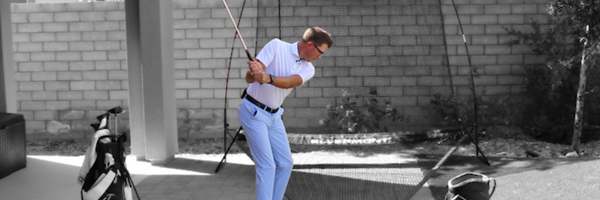
Skill in its simple form is the ability to do something well. As someone on the quest to get better at golf hopefully it would make sense that we need to increase our skill to play well, or better, or even our best. Golf Technique is important, massively so. Swing mechanics, our backswing, address […]
Skill in its simple form is the ability to do something well. As someone on the quest to get better at golf hopefully it would make sense that we need to increase our skill to play well, or better, or even our best.
Golf Technique is important, massively so. Swing mechanics, our backswing, address positions, however you want to term the technique of the golf swing it matter tremendously to our task. Those that say that swing mechanics don’t matter are biased beyond consult. However, to throw them a bone, swing mechanics are not the full story and that is where skill fits in.
Golf swing movements are not intuitive or naturally given, they are learned over time. Sometime through the aid of coaching, sometimes by simply trial and error, or any other means you may think of. In this process of learning we develop an awareness of sorts around the implement we are swinging. Various way of describing this process have come about and this is where we get the traditional rules of say 10,000 hours or 10 years (to name a few) to form a habit.
Why change Technique? If the skill cannot be achieved from the current method of swinging, change the technique. Ex. A player is hitting the ground on average 2-3” behind the ball with a path that is nine degrees right and FTP numbers of negative six degrees. No matter how much they practice this golfer cannot do anything but hit behind the ball, and of they do manage to elevate the club enough to hit the ball, it goes left. This could be a great opportunity to make a technique change that would enable the golfer to
To the point, if we make a technique change, we may need to develop new skills surrounding the movement of the golf club. If skill becomes confusing to think about, simply replace it with the word human. We need to find a human way of moving/ orienting this golf club from our new technique situation. That is where we start as golfers figuring things out with the golf club. For all intents and purposes the skills being described in the video below are simply trial and error exercises for us to start conducting on ourselves as we practice. In the end developing the skill.
Now we can make an argument that there are hundreds of individual skills in the game, but this video is just going to focus on those in and around the clubhead. Enjoy and let me know your thoughts in the comments below.
Ellermont Automatic Ball Return Golf Net